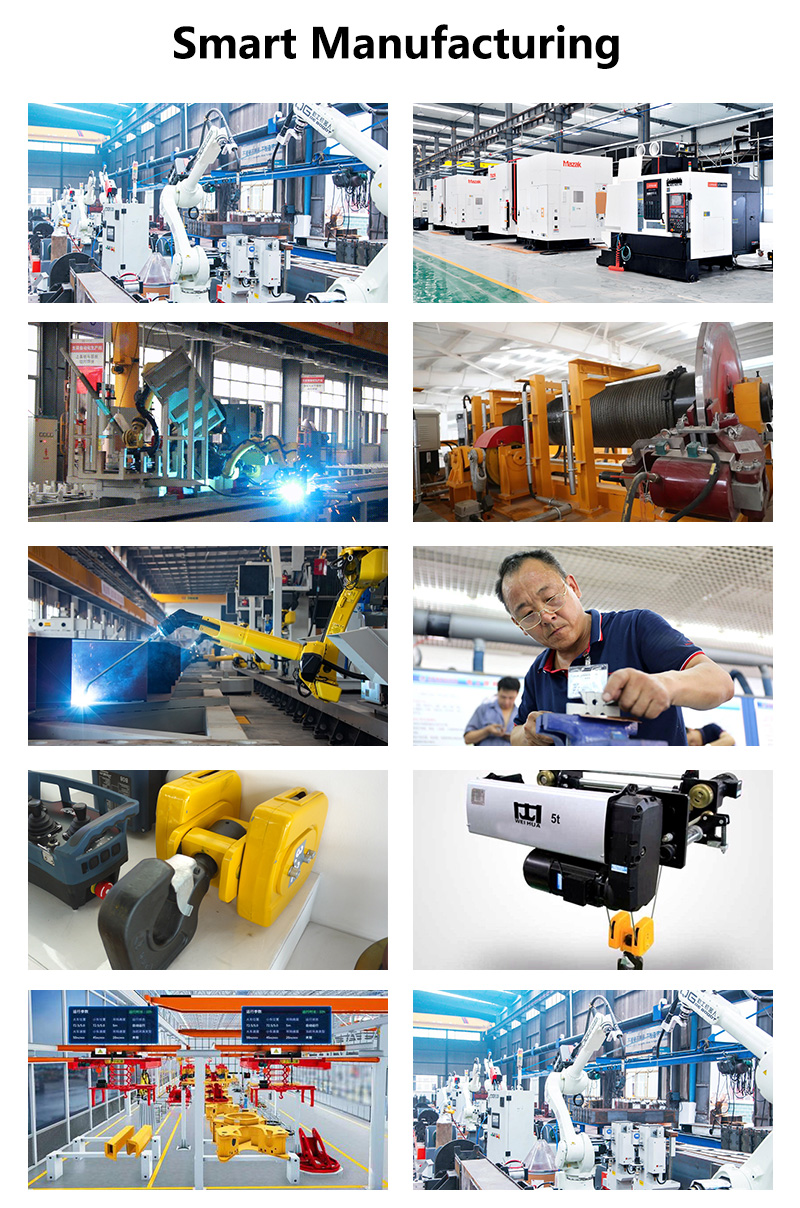As the core component of lifting equipment, the safety of the crane hook is directly related to the safety of workers and equipment. According to international standards (ISO 4309) and China’s “Safety Regulations for Hoisting Machinery” (GB / T 6067.1), the inspection cycle of the hook needs to be comprehensively formulated based on the frequency of use, load intensity and environmental conditions.

Inspection quotidienne (before each use or every shift)
Quick visual inspection: Check the surface of the hook for cracks, deformation or rust.
Functional test: Confirm that the safety tongue opens and closes flexibly and the rotating bearing is not stuck.
Wear inspection: measure the wear amount of the hook mouth (replacement is required if it exceeds 10% de la taille originale).
Monthly inspection (every 30 days or 200 hours of operation)
Flaw detection: Use magnetic particles or ultrasonic waves to inspect internal cracks (focus: hook necks, threaded connections).
Dimensional measurement: hook tip opening (more than 15% needs to be scrapped), hook body twist (≤10°).
Lubrication maintenance: Add high-temperature grease (such as NLGI level 2) to bearings and rotating shafts.
Annual comprehensive inspection (or every 1,000 heures)
Load test: 1.25 times rated load static load test (no plastic deformation for 10 minutes).
Material analysis: Spot check the hook body hardness (HRC 45-50 is qualified) and evaluate the fatigue life.
Replacement standards: If cracks, excessive wear on the hook or thread damage are found, arrêtez de l'utiliser immédiatement.

Usage scenarios:
High-frequency operations (such as port hoisting): the inspection cycle is shortened by 20%-30%.
Harsh environments (high temperature, corrosive places): Increase the frequency of anti-rust coating inspections.
Load type:
When lifting sharp objects or dynamic impact loads, extra attention needs to be paid to hook tip wear.
| Defect type | Scrap threshold |
| Surface cracks | Any visible cracks (including non-stressed areas) |
| Hook wear | 10% larger than original size |
| Hook body twist | >10° |
| Thread damage | Broken teeth, slide buckles or effective threads <90% |
| Plastic deformation | Unable to restore to original state after uninstalling |

Cleaning and rust prevention:
Use solvent to remove oil stains, and it is strictly forbidden to use a wire brush to violently remove rust.
Spray zinc-rich primer + polyurethane topcoat (salt spray resistance ≥500 hours).
Lubrication management:
The bearing parts should be greased every 3 mois, using wide-temperature grease of -40℃~150℃.
Record archive:
Establish digital files (photos, inspection reports) and save them for 3 years after the grue est mis au rebut.
Cas: A steel plant failed to detect cracks in the hook neck in time, causing the hook to break and 20 tons of steel billet to fall.
Reason: Most cracks originate from the root of the thread, so a 20x magnifying glass is required for focused inspection; Overloading will accelerate fatigue fracture, so an electronic limiter needs to be installed.


Q: What are the reasons and solutions for the inflexible rotation of the crane hook?
UN: Reason: Dust enters the bearing or insufficient lubrication.
Treatment: Disassemble and clean, replace the sealing ring, and re-grease.
Q: Safety tongue cannot be locked
UN: Cause: Spring failure or tongue deformation.
Treatment: Replace the spring assembly (welding repair is prohibited).
The maintenance of crane hooks has moved from the traditional “visual inspection + experience” model to a new stage of “data-driven + predictive maintenance”. Enterprises need to combine advanced detection technology, intelligent management and material science based on their own working conditions to build a full life cycle safety barrier.
Nous apprécions vos commentaires! Veuillez remplir le formulaire ci-dessous afin que nous puissions adapter nos services à vos besoins spécifiques.


Cliquez sur le bouton pour obtenir des informations et des citations de produits sur WhatsApp.
Obtenez un devis
Dernières commentaires